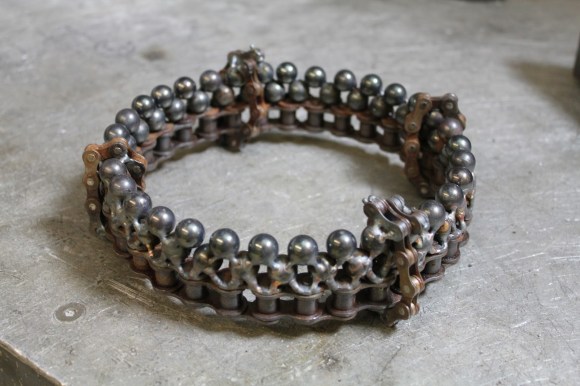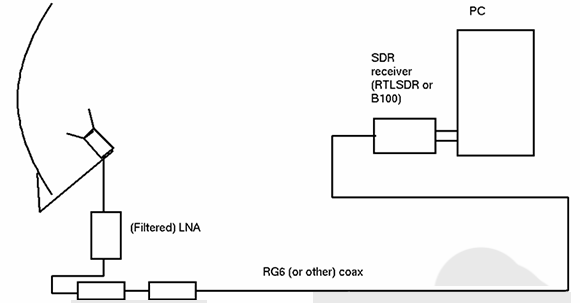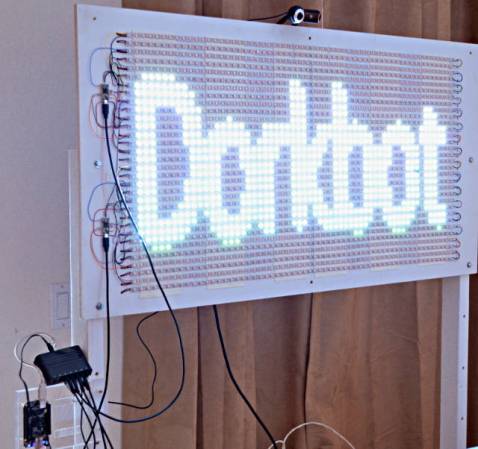![]()
The warmer months cometh and it’s time to think of this year’s Burning Man. [Matt’s] already set himself up with a sound-reactive LED project he calls the Seed of Life.
Older readers, and those who really know their hobby electronic history, will know the name Heathkit. Many readers tipped us off about their triumphant return. We’re not sure what form this reincarnation will take, but you can help shape it by participating in the survey.
Dust off that MSP430 launchpad and turn it into a composite video Pong console.
Here’s a way to use your Android phone as a computer mouse.
We’re not quite sure what this is, but turn your volume down before watching the video about a modular sythesizer hack.
[Arkadiusz Spiewak] wrote in to share some of the printing success (translated) he’s had recently with the H-bot style printer we saw a while back.
Strap an Arduino and an Electric Imp to your arm (and everyone else’s) and it’ll remember everyone you meet. You know, kind of like Google Glass but with geeky arm-wear instead of geeky headgear?
And finally, [Nerick] has just finished a thermometer project using Nixie tubes (translated).













